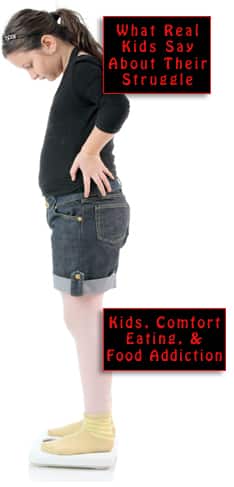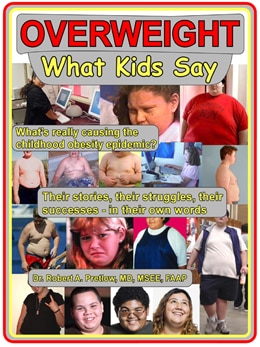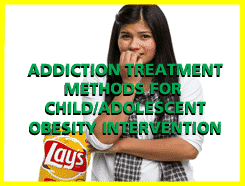
A newly released guideline for managing obesity in children and teens encourages a patient-centered approach that prioritizes behavioral and psychological support — with a focus on outcomes that matter most to young patients and their families.
Published in the Canadian Medical Association Journal, the guideline is based on the latest research and was developed by Obesity Canada after a four-year collaborative effort. The process involved adolescents, caregivers with lived experience, health professionals, researchers, and more than 50 experts from various fields. It couldn’t come soon enough, too, since the last guideline was published in 2007.
Dr. Bradley Johnston, co-chair of the guideline committee and associate professor of nutrition and health research methods, explained that the goal was to support shared, informed decision-making by providing clear summaries of scientific evidence. The team prioritized outcomes such as mental health, quality of life, cardiovascular risk factors, and avoiding harm.
Pediatric obesity is recognized as a complex, chronic, and often stigmatized condition that can lead to more than 200 related health issues. In Canada, nearly one in four children under 12 and one in three teens between 12 and 17 have a body mass index (BMI) considered overweight or obese. Globally, severe obesity in youth is on the rise.
Dr. Sanjeev Sockalingam, scientific director at Obesity Canada, emphasized that long-term success depends on accessible, family-focused care that helps children build and maintain healthy behaviors. When appropriate and available, this may include medications or surgery.
The guideline outlines 10 core recommendations, covering nutrition, physical activity, psychological therapies, technology-based tools, medications, and surgery. It also includes nine good practice statements, with an overall recommendation to combine at least two intervention types for the best outcomes.
Lisa Schaffer, executive director of Obesity Canada, stressed the urgency of early intervention. She said:
Delaying care until adulthood increases the risk of complications and deepens the effects of living with a stigmatized chronic condition.
To support implementation, Obesity Canada has created educational tools such as infographics and videos to guide healthcare providers and families in choosing the most effective treatment paths for children struggling with obesity.
This is where GLP-1 receptor agonists also come in
Simply telling kids to “eat less and move more” doesn’t work on its own, says Dr. Sockalingam. He says obesity should be treated like any other complex chronic disease — with a range of tools.
Among those tools are medications like GLP-1 receptor agonists — including Ozempic, Mounjaro, and Wegovy — which mimic a natural hormone to help manage appetite and blood sugar. While only some of these are approved in Canada for obesity, the guidelines suggest they could be considered in specific cases, along with bariatric surgery, especially when serious health complications are involved.
Dr. Jill Hamilton, who co-authored the new guidelines and leads endocrinology at the Hospital for Sick Children, acknowledges more research is needed — particularly around the safety of medications like GLP-1s for younger patients. Ultimately, treatment decisions must respect the values and preferences of families.
Your responses and feedback are welcome!
Source: “Treat childhood obesity by reducing stigma, adding options, say new Canadian guidelines,” CBC News, 4/14/25
Source: “Health Matters: Child obesity treatment guide updated,” Global News, 4/14/25
Source: “A patient-centered approach for managing obesity in children and adolescents,” Medical XPress, 4/14/25
Image by Наталия Игоревна/Pexels

 FAQs and Media Requests:
FAQs and Media Requests: 











